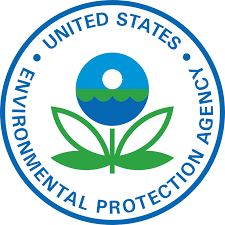The Circular Economy Strategy Series
The United States Environmental Protection Agency’s (EPA) Circular Economy Strategy Series is a roadmap for the U.S. to transition to a circular economy. The first publication in the series, the National Recycling Strategy (published in 2021), will be followed by five additional strategies focused on plastics, food waste, critical minerals and electronics, built environment, and textiles.
The Circular Economy Strategy Series is a sustainable consumption and production national action plan. The Series facilitates a shift to more sustainable consumption and production throug strategies that provide a roadmap for this transition. The first strategy, published in 2021, is the National Recycling Strategy which identifies actions to address challenges facing the U.S. municipal solid waste recycling system. It identifies strategic objectives and actions needed to create a stronger, more resilient, and cost-effective U.S. municipal solid waste recycling system.
The objectives it identifies are to improve markets for recycling commodities, increase collection and improve materials management infrastructure, reduce contamination in the recycled materials stream, enhance policies and programs to support circularity, and standardize measurement and increase data collection. Since 2022, EPA has been working collaboratively with stakeholders to develop a plan to implement the National Recycling Strategy and work toward achieving its goals.
EPA aims to develop additional strategies addressing plastics, food waste, critical minerals and electronics, built environment, and textiles and will be informed by input from stakeholders.


